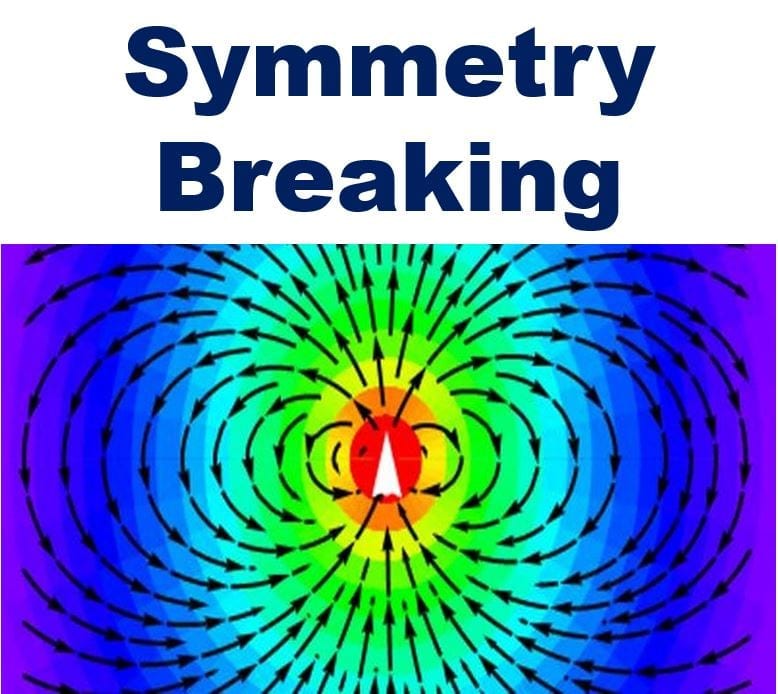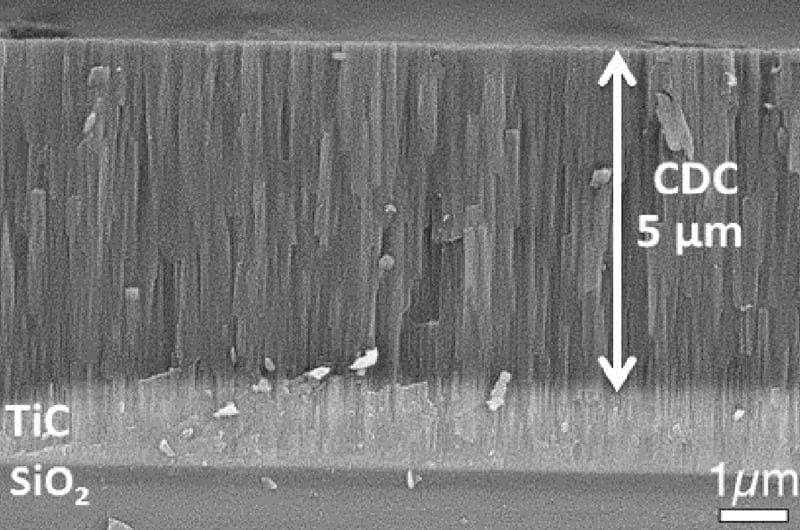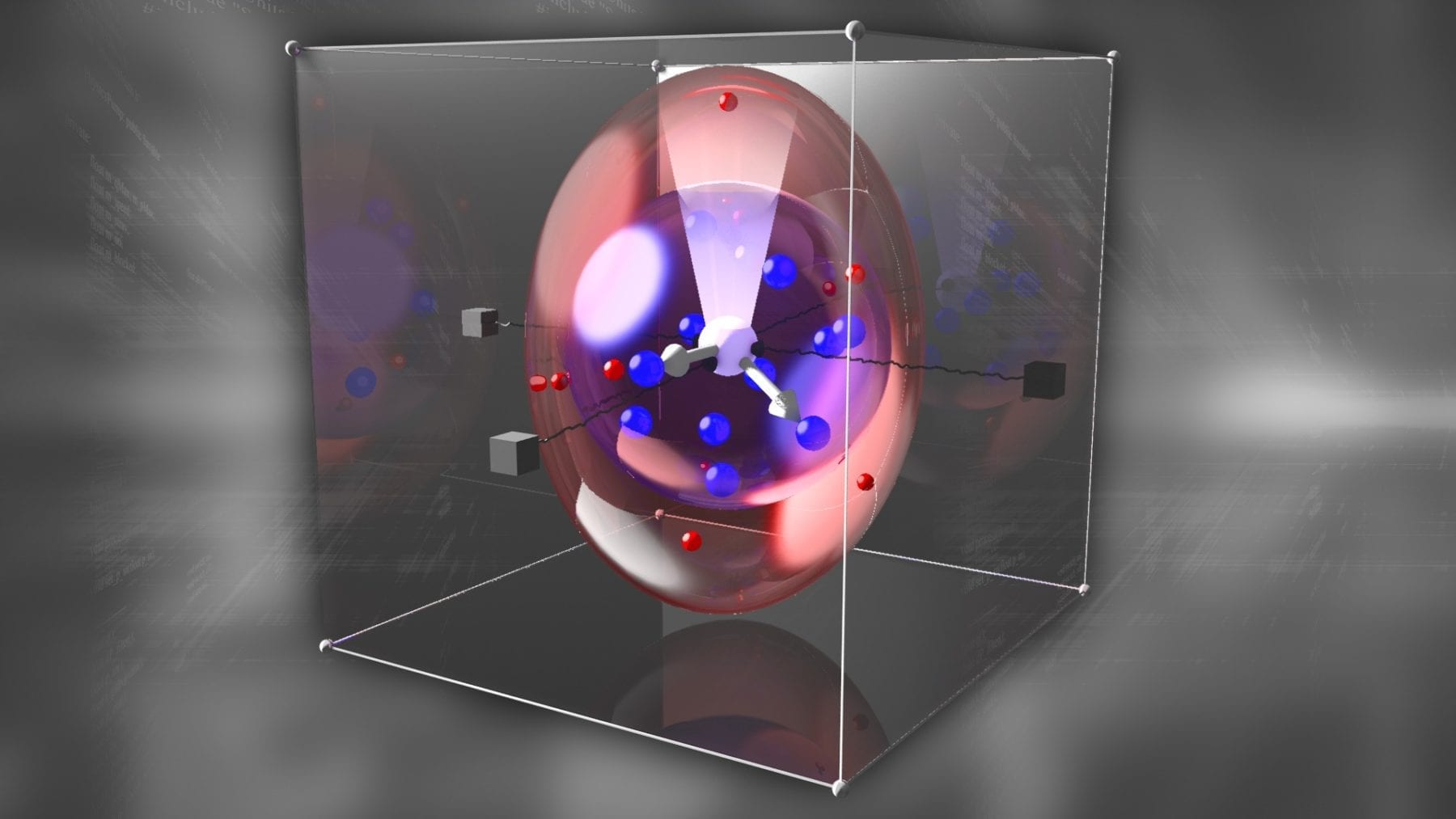
Tiny antennas that would fit on computer chips will be possible thanks to a major breakthrough in electromagnetism technology, say University of Cambridge scientists in what they describe as the “last frontier of semiconductor design.”
The Cambridge research team, led by Professor Gehan Amaratunga, says its new insight into electromagnetism could help identify the points where the theories of both classical electromagnetism and quantum mechanics merge.
Prof. Amaratunga and colleagues believe they have cracked one of the enigmas of electromagnetism, which they claim will make it possible to create microscopic antennas so tiny that can be fitted into micro-electronic chips.
A huge leap for wireless communications
These super-small antennas would represent a major milestone for wireless communications, the researchers wrote in the journal Physical Review Letters.
The authors explained that electromagnetic waves are generated not only from the acceleration of electrons, but also from symmetry breaking.
Electron acceleration caused by radiation is a phenomenon that was first identified more than one century ago. It has no equivalent, that current scientists know of, in quantum mechanics, where they say electrons jump from higher to lower energy states.
The authors said their new observations of radiation resulting from broken symmetry of the electric field may reveal some associations between the two fields.
Antennas are places in communications towers and mobile devices to launch energy into free space in the form of electromagnetic or radio waves, and to collect energy from free space to feed data into devices.
Modern electronics has been constrained by a major challenge – antenna size. They are still bulky and incompatible with electronic circuits, which are getting smaller and smaller all the time.
Antennas, the major obstacle in micro-electronics
“Antennas, or aerials, are one of the limiting factors when trying to make smaller and smaller systems, since below a certain size, the losses become too great.”
Read more: Microscopic microchip antennas possible thanks to electromagnetism breakthrough
The Latest on: Symmetry breaking
[google_news title=”” keyword=”Symmetry breaking” num_posts=”10″ blurb_length=”0″ show_thumb=”left”]
via Google News
The Latest on: Symmetry breaking
- 'Labour laws contribute 47% of nearly 70k compliances in the country': Teamlease white paperon May 1, 2024 at 5:05 am
Labour laws account for 32,542 compliances of the total 69,233 compliances in the country, contributing to 47 percent of the total compliances a business will have to file every year, a white paper by ...
- Why playing Premier League games in the US is the last thing football needson May 1, 2024 at 5:02 am
As regards the symmetry, people will no doubt point to the different nature of fixtures during Covid-19 but that was obviously exceptional circumstances, in the truest sense of the term. This isn’t.
- A career bracketed by student demonstrations | Opinionon May 1, 2024 at 4:00 am
College demonstrations also attract hangers-on: locals who lurk around the fringes if university campuses and find themselves swept up by the passion and excitement of the protest events. They can ...
- 12 Zodiac Signs: Dates and Personality Traits of Each Star Signon May 1, 2024 at 3:00 am
As a professional astrologer, people ask me all types of questions. Of the most common curiosities is "what are the best zodiac signs?" along with its evil twin, "what are the worst zodiac signs?" ...
- The Personality of a Libra, Explainedon May 1, 2024 at 3:00 am
After you're done reading up on this zodiac sign's unique personality traits, catch up on this month's Libra horoscope. For a fuller look at your year, check out our astrologer's 2024 Libra horoscope ...
- Acknowledging Wes Anderson's cinematic symmetry with these filmson April 30, 2024 at 10:51 pm
The Royal Tenenbaums' The Royal Tenenbaums (2001) showcases Wes Anderson's exploration of a dysfunctional family, each member marked by unique gifts and profound troubles. The fi ...
- Here's Everything You Need to Know About Cottagecoreon April 30, 2024 at 11:30 am
If you find yourself deep down an Instagram rabbit-hole at 2 a.m. checking out the casually cluttered, beautifully collected interiors of the British countryside, then you've likely stumbled across ...
- New class of spongy materials can self-assemble into precisely controllable structureson April 30, 2024 at 8:02 am
A team of researchers led by the University of Massachusetts Amherst has drawn inspiration from a wide variety of natural geometric motifs—including those of 12-sided dice and potato chips—in order to ...
- Adaptation of photosynthetic mechanism in air plants occurs through gene duplication, study findson April 30, 2024 at 6:31 am
Researchers at the University of Vienna, along with collaborators from France, Germany, Switzerland and the U.S., have achieved a breakthrough in understanding how genetic drivers influence the ...
- Symmetry Systems Announces World's First Air-Gapped Deployment of a Data Security Posture Management Solutionon April 30, 2024 at 6:00 am
Symmetry Systems, the data+AI security company, today announced the successful deployment of its industry-leading Data Security Posture Management (DSPM) solution in a completely air-gapped ...
via Bing News










